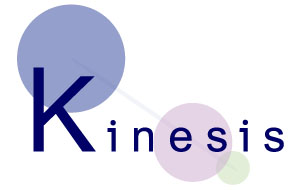Matrix-Rhythm-Therapy is an innovative therapeutic approach at the core of modern 21st Century medicine. It is based on the scientific fact that the all cells of biological systems vibrate rhythmically as long as they are alive.
Created by Dr. Ulrich Randoll.
The therapy is a practical outcome of fundamental research studies into cell biology conducted at Erlangen University in Germany (Research and Practical Experience).
Here the basic underlying principles : the human body is always oscillating – as are the bodies of all endothermic animals (e.g. horses, cats, dogs, etc.) – in a frequency range between 8 – 12 vibrations per second. That is not a new discovery but during the past 10 years has now been observed in great detail using high-tech video microscopy. Without such visual aids, these minimal vibrations can only be seen under rare conditions such as in the case of certain fevers (ague) or amyostasia (due to tension).
Constituting an amount of 45%, the endothermic skeletal muscles are the most important power units (organs) and the strongest “impulse generators” for micro-circulation.
While the myocardium pumps blood into the finest arteries and transports oxygen and nutrients to cells, the rhythmically vibrating skeletal muscles are needed to facilitate the removal of metabolic products from the cellular connective tissue. In the immediate proximity of each cell, the vibration leads to a pumping effect that facilitates the transport and removal of nutrients, antibodies and waste products.
If there are any muscular disorders, vibrations will slow down. This can lead to swelling, as the affected cell areas cannot be sufficiently provided for or fed. Initially, painful hardening may ensue. These may consistently cause changes in muscle tissue, blood vessels and nerve tissue. Without the pumping effect of healthy, rhythmically vibrating muscles, the efficient functioning of cells cannot be maintained.
Therefore, Matrix-Rhythm-Therapy is based on the characteristic and symptomatic spectrum of oscillation of the skeletal muscles.

